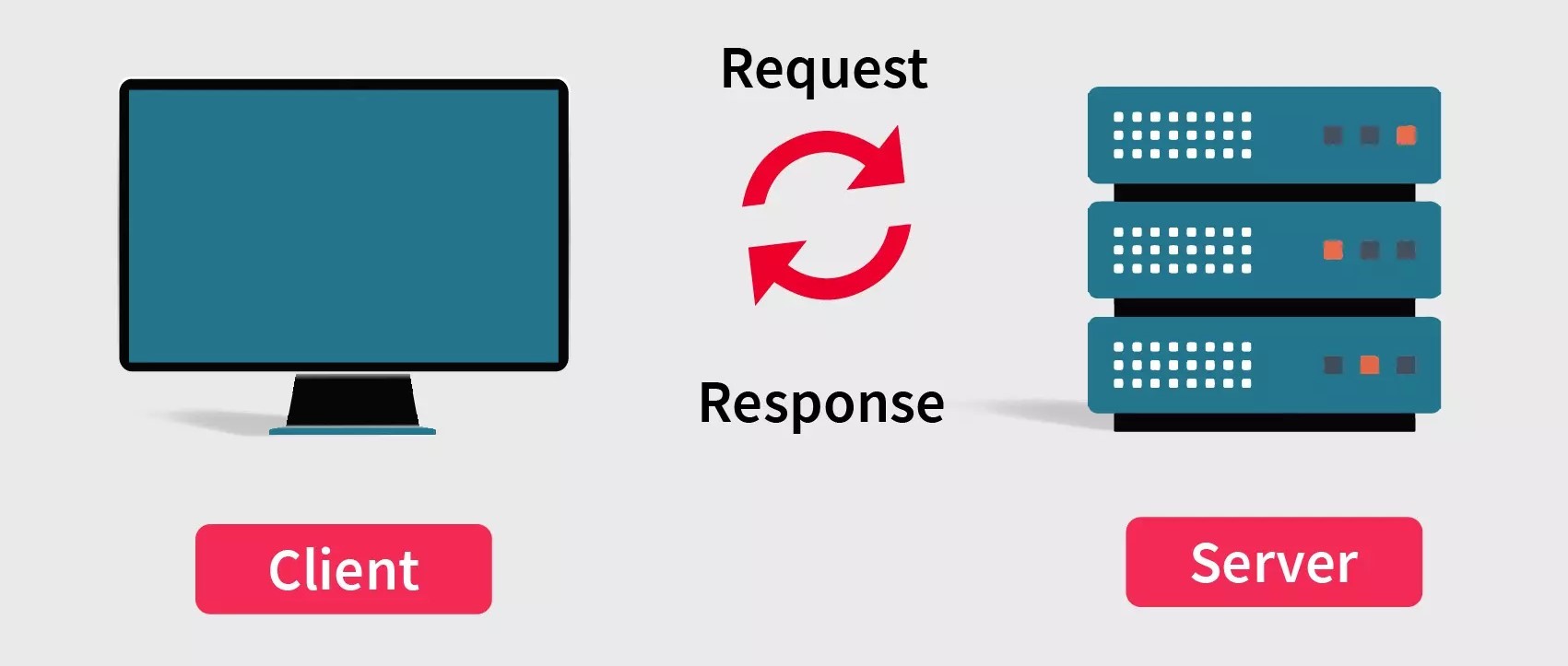Pros and Cons of Server-Side and Client-Side Approaches

Figure 1. Client-Side and Server-Side.
Figure 1 shows client-side and server-side. In the world of web development, both Server-Side and Client-Side approaches offer distinct advantages and drawbacks. Understanding these can help you make informed decisions about which approach to choose for your projects.
Server-Side Pros
Data Security: Server-Side processing is inherently more secure since sensitive operations and data handling occur on the server. This reduces the risk of exposing critical business logic and data to potential threats.
SEO-Friendly: Server-Side rendering ensures that search engine crawlers can easily index your content. This can lead to better search engine rankings and improved visibility.
Consistent Rendering: Server-Side processing provides consistent rendering across different devices and browsers, ensuring a uniform user experience.
Complex Logic: Applications with intricate business logic can benefit from Server-Side processing, as it centralizes control over the execution of complex workflows and calculations.
Data Integrity: By managing data on the server, you can ensure data integrity and consistency, especially in scenarios involving transactions or critical information.
Server-Side Cons
Slower Interactions: Server-Side processing can lead to slower user interactions, as each action requires a round-trip to the server. This can result in a less responsive user experience, particularly for applications requiring frequent updates. [1]
Server Load: Handling all processing on the server can lead to increased server load, especially during periods of high user traffic, potentially affecting application performance.
Initial Load Time: Server-Side rendering can lead to longer initial load times, which might impact user engagement, especially on slower connections.
Client-Side Pros
Interactive User Experience: Client-Side processing allows for dynamic updates, enabling rich and interactive user experiences that feel responsive and seamless.
Faster Load Times: Client-Side rendering can lead to faster initial load times, as only the necessary data is fetched from the server, reducing the amount of data transferred. [2]
Reduced Server Load: With much of the processing taking place on the client side, the server load is generally lower, which can be advantageous for scaling and resource management.
Asynchronous Operations: Client-Side processing enables asynchronous operations like background data fetching, enhancing user experience by minimizing disruptions.
Client-Side Cons
SEO Challenges: Client-Side rendering can present challenges for SEO, as search engines might not fully execute JavaScript, potentially affecting content indexability. [2]
Security Concerns: Exposing source code to the client side can potentially lead to security vulnerabilities if not properly managed and validated.
Browser Compatibility: Client-Side processing might require additional effort to ensure compatibility across different browsers and devices due to varying JavaScript capabilities.
Hybrid Approach
Many modern applications use a hybrid approach, combining Server-Side and Client-Side processing to leverage the strengths of both. This approach, known as Server-Side Rendering (SSR) and Client-Side Rendering (CSR), aims to balance performance and user experience by utilizing each approach where it shines the most.
Conclusion
Choosing between Server-Side and Client-Side approaches depends on the nature of your project, its requirements, and your development team's expertise. Server-Side processing offers security and consistency, while Client-Side processing provides interactivity and responsiveness. The decision often involves a trade-off between these factors, and a well-informed choice can lead to a successful web development endeavor.
References:
- https://solutionshub.epam.com/blog/post/what-is-server-side-rendering
- https://www.pluralsight.com/guides/pros-and-cons-of-client-side-rendering
Cite this article:
Hana M (2023), Server-Side vs Client-Side, AnaTechmaz, pp.4





